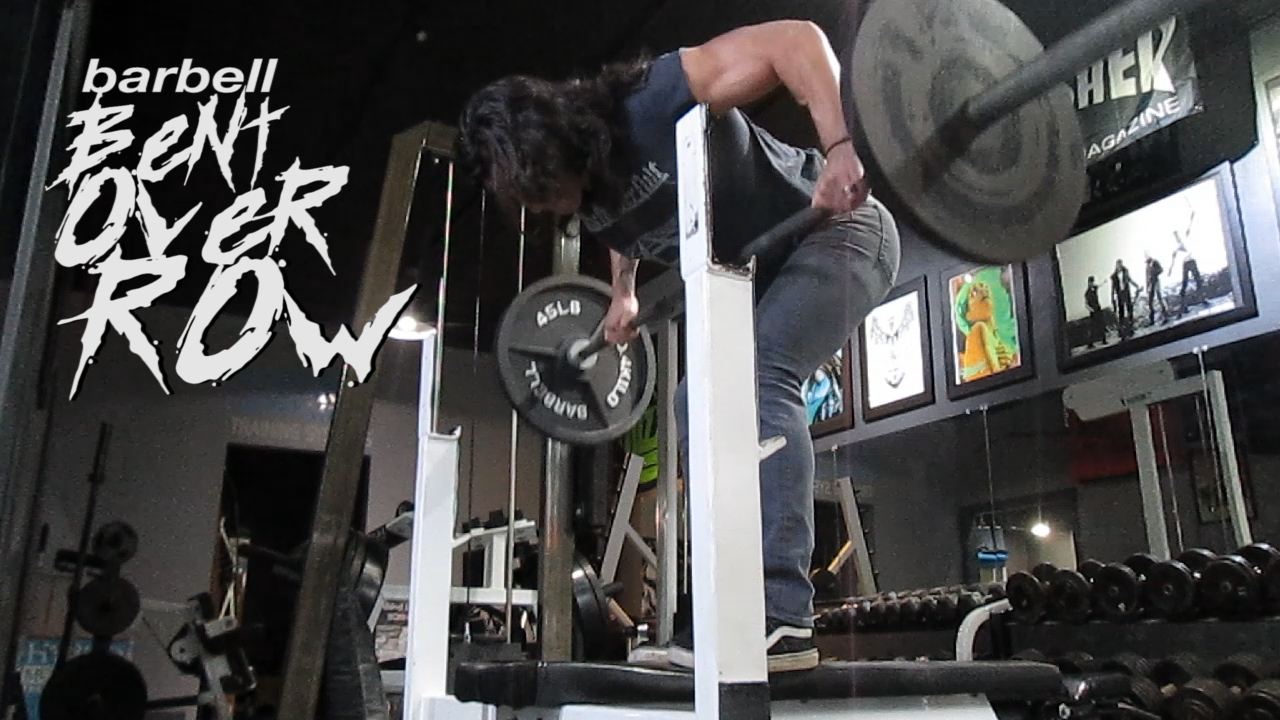The Barbell Bent-Over Row: Build Old School Strength and Size

Overview
The barbell bent-over row is a complex exercise that targets an array of muscle groups, including those in your upper and lower body.
This exercise is commonly considered an accessory movement for the deadlift, but it carries a myriad of health benefits that we will discuss shortly.
Due to the tension placed on your lower back, you must learn the right way to perform barbell bent-over row in order to avoid any unnecessary musculoskeletal injuries.
In this article, we will discuss the major benefits and the targeted muscles of this exercise, as well as the step-by-step guide on how to perform it correctly.
the benefits of the Barbell Bent-Over Row
Similar to the dumbbell pullover exercise, the barbell bent-over rows target the dorsal muscles, and in particular, the lats (e.g., latissimus dorsi) and the rhomboid group (major and minor rhomboids).
As you move the weight closer and away from your waist, you’ll engage the upper and mid-back muscles, which provides you with a full-back workout.
The assisting muscles in this movement include the forearm and shoulder muscles (e.g., biceps, rear deltoids)
Moreover, your legs and core muscles (e.g., abdomen, lower back) will contract to maintain the position of your body and stabilize the spinal alignment.
Consequently, you will reap the following benefits:
- Improved posture and spinal stability
- Reduced risk of musculoskeletal strains in the lower back region
- Enhanced flexibility and articular range of motion
In a 2015 study, researchers compared several row exercises, including the barbell bent-over row, and found that the latter provided more muscle activation, which subsequently leads to greater hypertrophy and spinal stability.
how to perform the Barbell Bent-Over Row
As we mentioned above, performing this exercise in the correct form is crucial to prevent injury and reap the most benefits.
Here’s the right way to do it:
- Start by gripping the barbell –similar to how you would do a deadlift (or slightly wider).
- Once you feel like you have a good grip, lift the bar while bending your upper body forward to establish a strong back and hip hinge.
- Initiate the row by pulling the bar toward your chest and focus on engaging the latissimus dorsi to mediate the movement.
- Once your arms are in full extension, contract the entirety of your upper body without breaking the hip angle.
- Slowly descend the bar to the floor.
